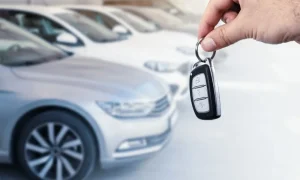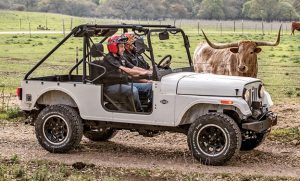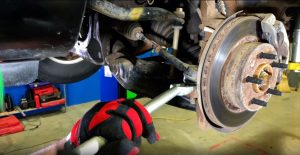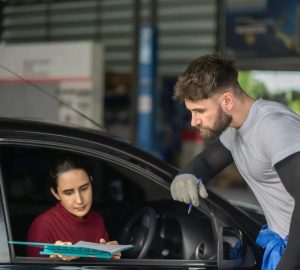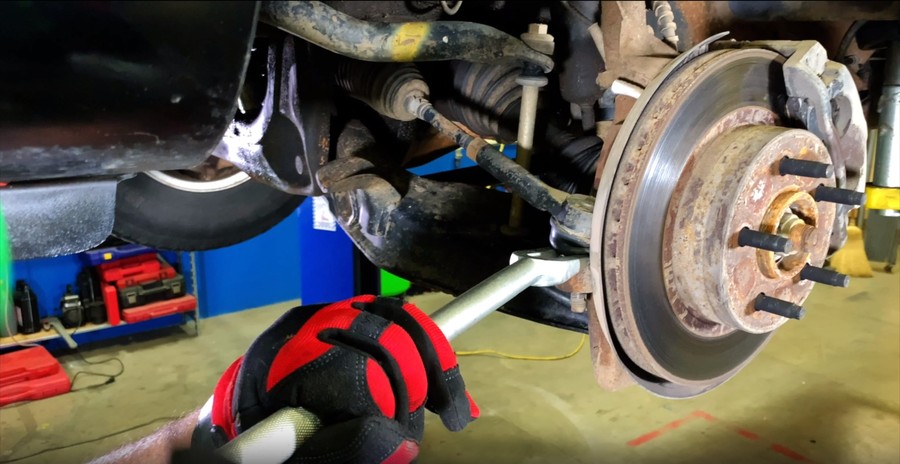
CV joints transfer power smoothly to the wheels. Vehicles typically have inner and outer joints performing different functions. Outer joints accommodate steering angles while inner joints handle length changes. Understanding joint differences helps diagnose symptoms accurately and quickly. Early identification prevents further damage and ensures safe driving consistently. Proper maintenance prolongs CV joint life and driveline reliability effectively. Acting promptly reduces repair costs and avoids sudden immobilization repeatedly. Differentiating inner and outer joint failures improves preventive care and performance. Recognizing failure points ensures correct repairs and preserves internal component health.
Outer Joint Failures
Outer CV joints are exposed to high steering angles constantly. Common symptoms include clicking popping or snapping sounds during turns repeatedly. Noise intensity increases with sharper turns and higher speed gradually. Mechanics listen carefully and inspect joints when clicking is reported thoroughly. Worn boots allow contamination leading to accelerated bearing and cage damage. Replacing the outer joint restores smooth rotation and quiet operation reliably. Ignoring outer joint wear may result in complete joint failure unexpectedly. Proper lubrication and boot care by Auto Repair in Aurora, Co prevent noise and premature outer joint damage. Outer joint failures primarily affect steering responsiveness and produce audible warnings consistently.
Inner Joint Failures
Inner CV joints experience axial movement with suspension travel continuously. Symptoms are subtle vibration or shudder under acceleration gradually increasing. Noise is less common than with outer joint failures typically. Mechanics detect inner joint wear by observing vibrations and rotational play carefully. Lubrication loss or boot damage accelerates inner joint bearing wear quickly. Replacing the inner joint restores smooth torque transfer and reduces vibration reliably. Ignoring wear leads to progressive drivetrain stress and potential failure.
Diagnostic Differences
Outer joint issues produce noise primarily when turning corners consistently. Inner joint problems manifest as vibration under load or during acceleration. Mechanics differentiate failures using test drives and physical inspection carefully. Observing vehicle behavior during specific maneuvers isolates inner or outer joint wear. Proper diagnosis ensures only the affected joint is repaired efficiently. Ignoring symptoms may result in misdiagnosis and unnecessary replacement of components. Accurate identification by Auto Repair in Aurora, Co improves repair longevity and prevents repeat failures reliably. Knowing the failure point aids in planning cost-effective maintenance and repair. Differentiating inner and outer CV joints ensures targeted intervention and reliability.
Conclusion
Inner and outer CV joints serve distinct roles in power transfer. Outer joints produce noise during turns while inner joints vibrate under load. Early detection and correct diagnosis prevent progressive damage and expensive repairs. Replacing only the affected joint restores smooth torque and driveline stability. Healthy CV joints improve handling, reduce vibration, and prolong component life consistently. Recognizing symptoms allows timely intervention and preserves vehicle drivability effectively. Neglecting joint wear increases risk of breakdown, stress, and repair costs. Proper maintenance protects driveline integrity and ensures reliable safe operation. Differentiating inner versus outer failures ensures precise repairs and long-term reliability. Targeted care prevents failure and maintains smooth vehicle performance consistently.

